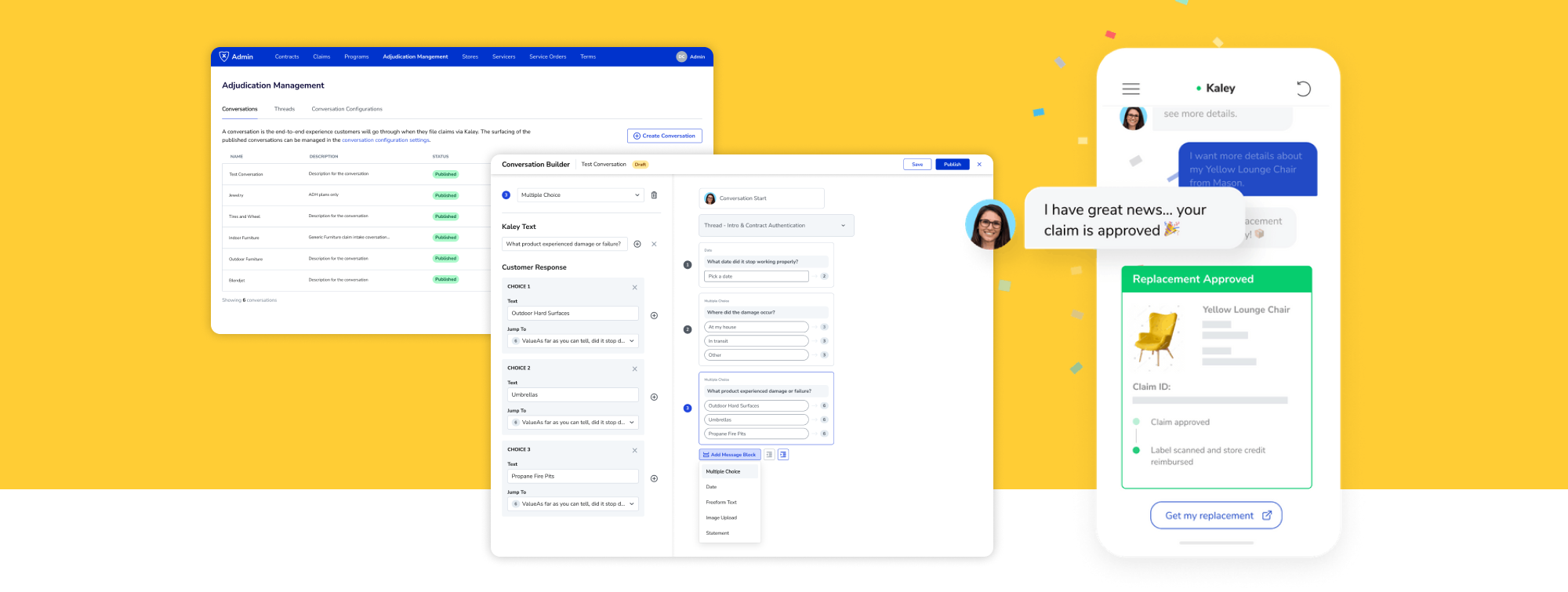
Extend Internal Portal:
Claim Intake Content Management
Problem
Kaley, the chatbot and claim intake system, is a key differentiator for Extend, setting it apart from other warranty providers. It brings ease to the claim filing process and gives Extend a strong brand.
However, configuring the claim intake content and adjudication rules is burdensome, as every change to Kaley requires engineering resources and a code deployment.
As Extend continues to grow its business through new merchants and business initiatives, the company needs to ensure that the management capabilities of the claim intake system are robust and scalable.
Goal
Allow non-technical users to view and manage the claim intake content and adjudication rules in Kaley chatbot.
Business Value
- Remove the engineering involvement on minor Kaley updates.
- Enable Programs (Extend internal users) to customize and create new claim intake content for specific categories, warranty plans and merchants. It unlocks a better customer experience and branded claim intake experience.
- Reduce manual effort on our claims agent by allowing Programs to easily manage auto claim adjudication rules.
- Allow non-technical users to audit or get contexts with the existing claim intake workflows.
KPI
- Content update request turnaround time
- Weekly ENG hour spent on claim intake content management
- Automated adjudication efficiency: % of claims that are auto-adjudicated without manual intervention
Status
Released
My Role
Lead designer partnered with 2 product managers and 2 engineering teams
Result
Rapid Customization of Claims Workflow
Customized the claim intake workflow in under 24 hours to support product-specific and merchant-specific use cases and needs.
The streamlined workflow reduced system maintenance burden while improving automation, allowing teams to process claims more efficiently without sacrificing accuracy.
Discover User Needs
The insights inform the team about the jobs to be done and the problems that need to be addressed as a priority. I conducted six interviews for the discovery research and shared the findings with the team.
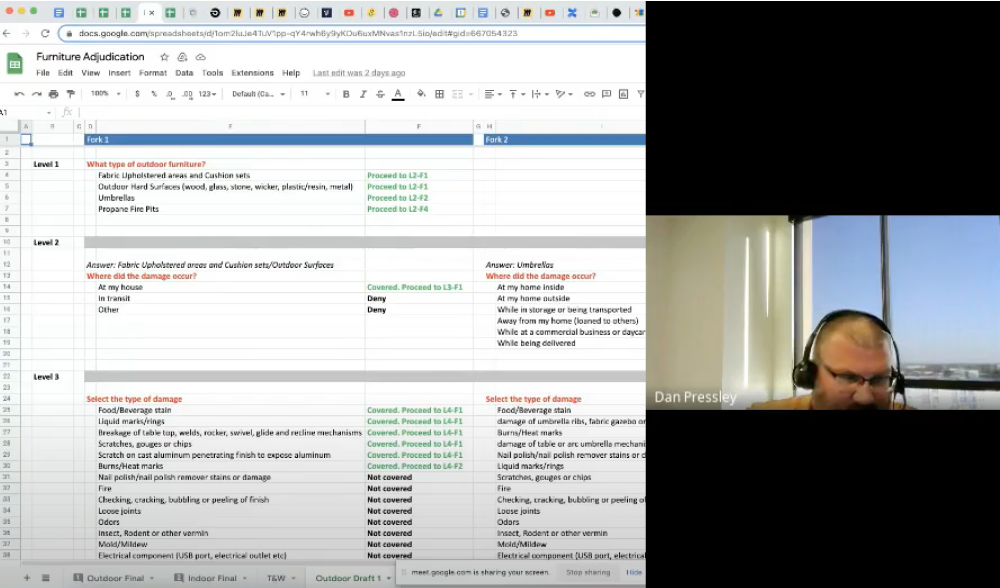
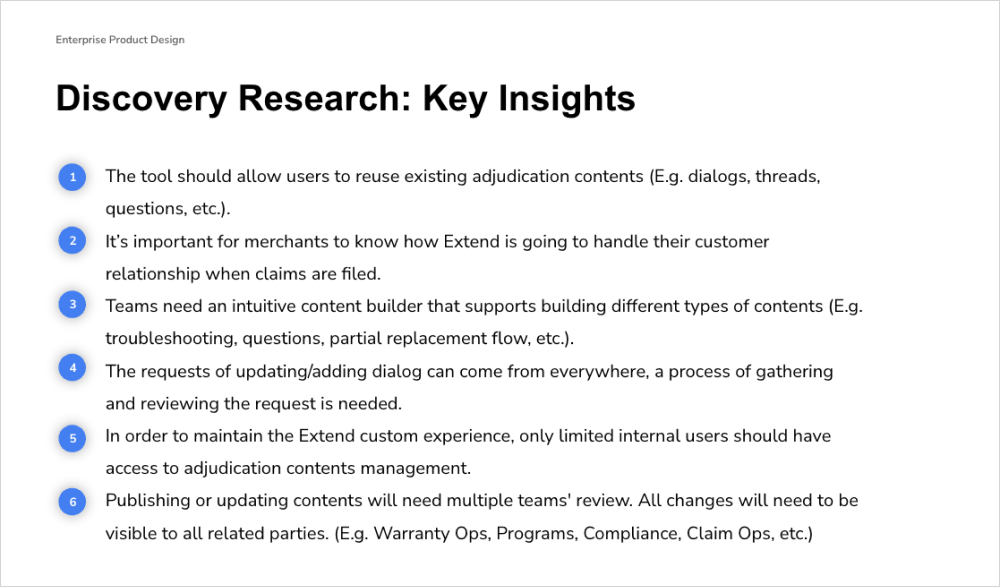
Primary persona cards were created for the team to better understand and empathize with the target users.
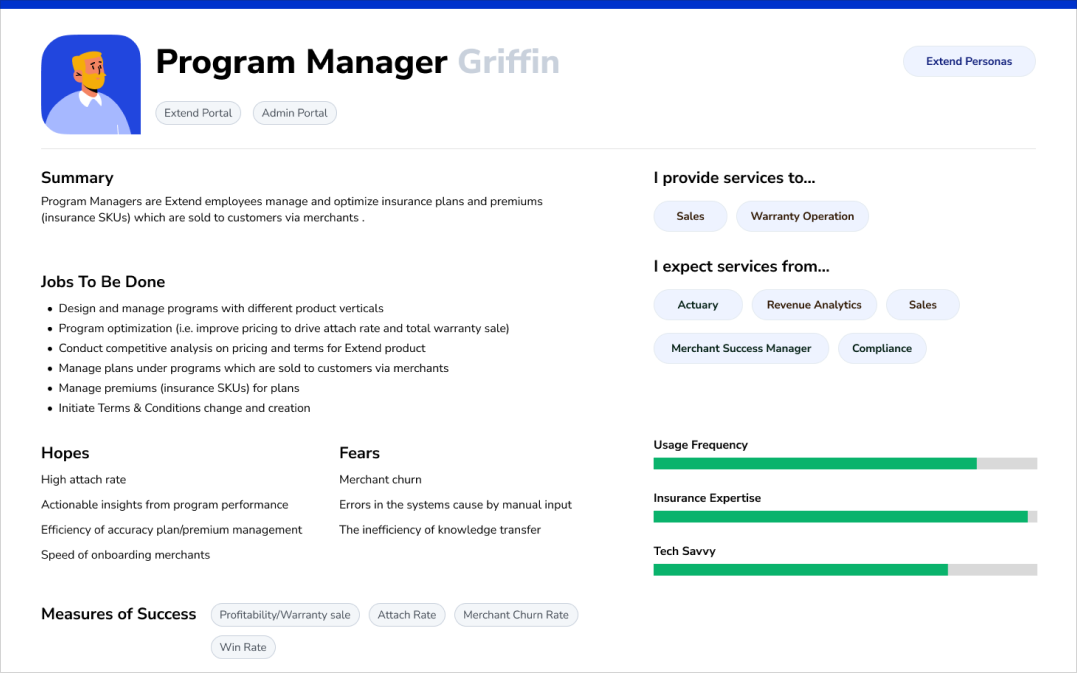
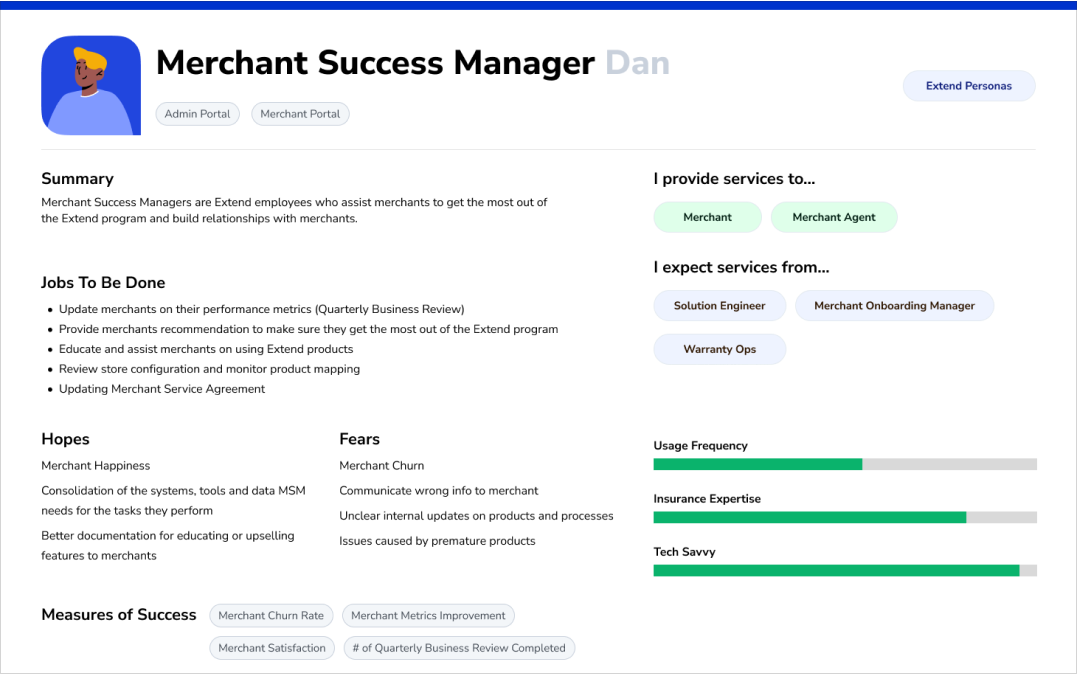
Gain Product Context
While exploring various design directions, I investigated and documented the existing claim intake content and logic to ensure that the design for the new tool is backward compatible.
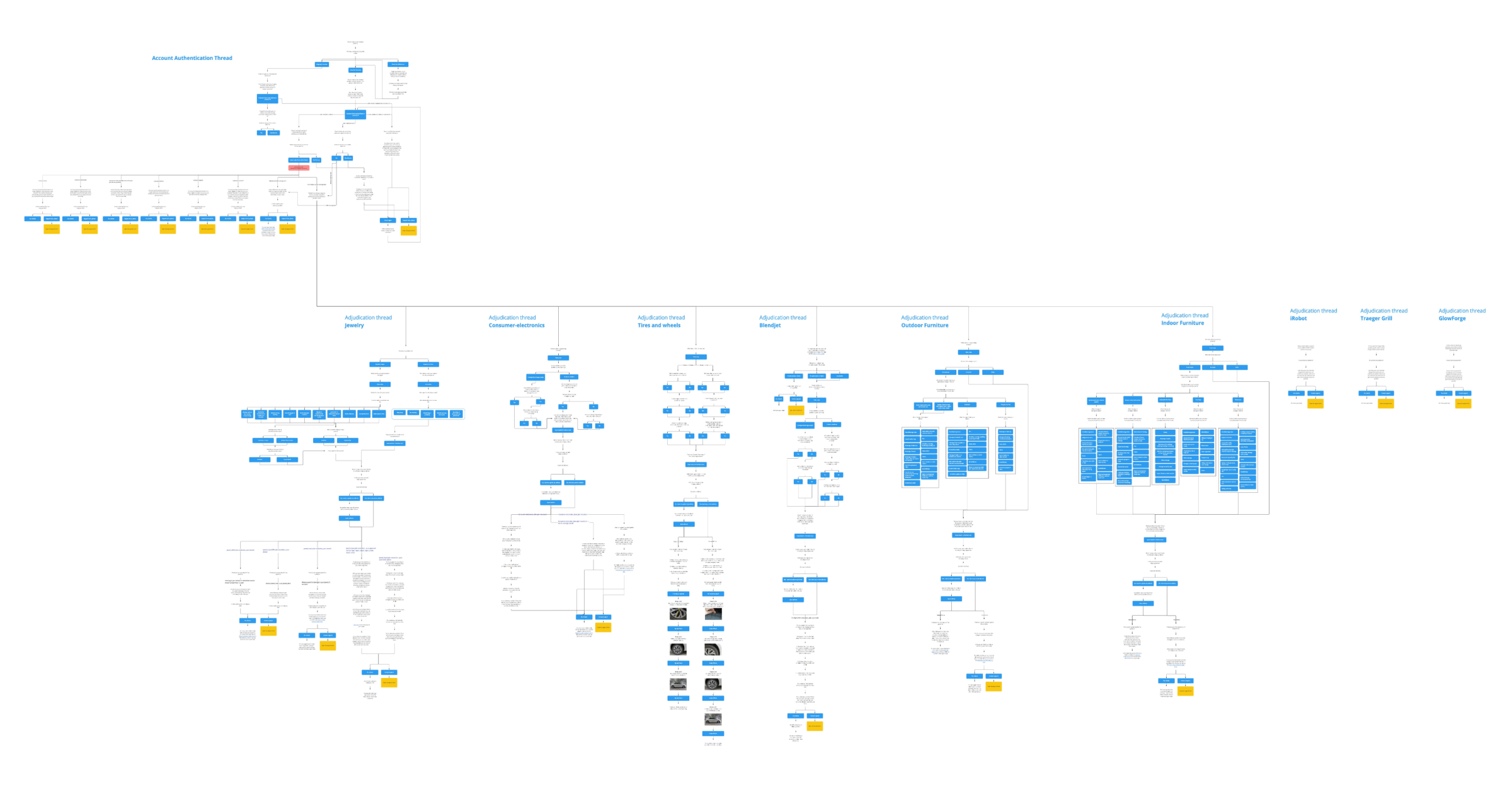
Design Explorations
Products with similar features in the market were used for UI & interaction inspirations when I was developing various design concepts.
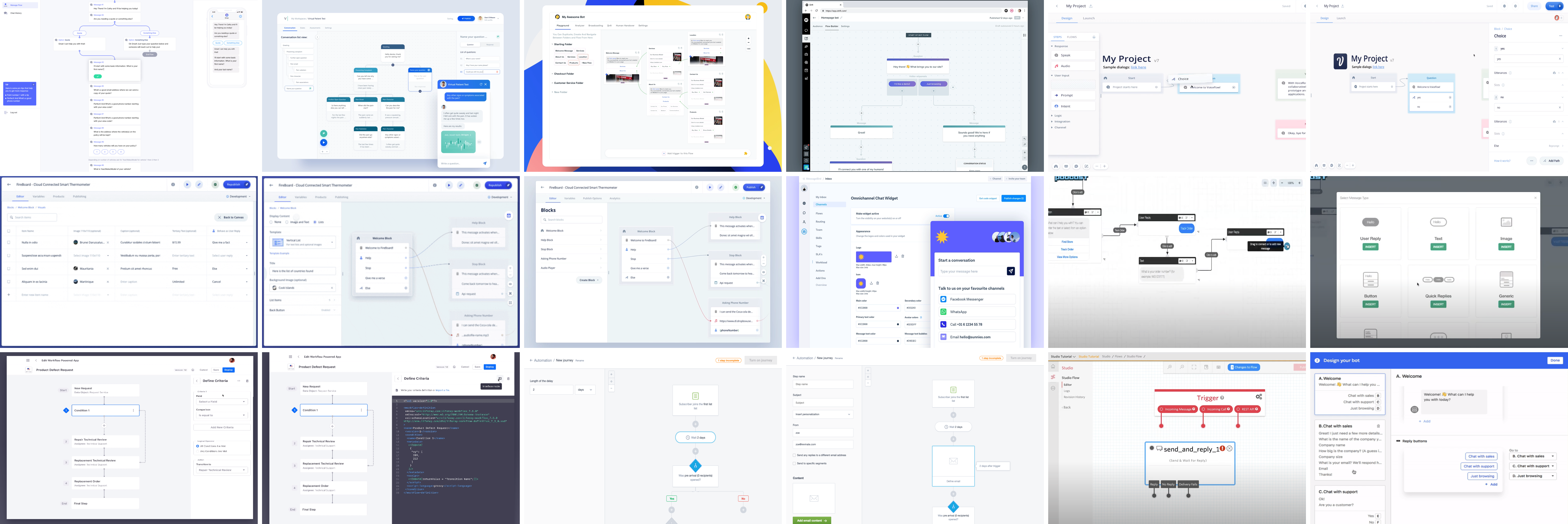
I used wireframes to establish user flows for concept discussions and usability tests. During the high-fidelity design phase, I aimed to minimize the creation of new components and one-off UI elements for efficient implementation.

Usability Testing
After conducting scripted usability tests, I compiled a readout deck to share the test results and recommend design changes with the team. A rating system was utilized to measure the success of each user task, providing a clear understanding of how the testers responded to the designs.
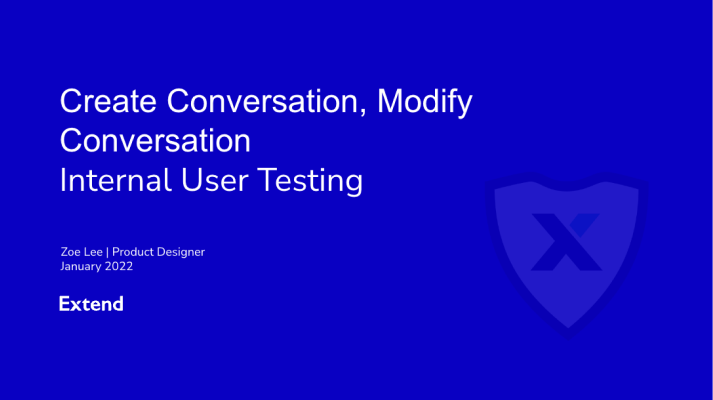
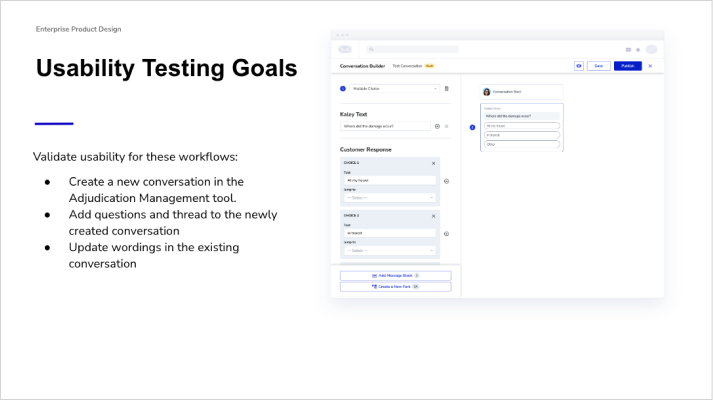
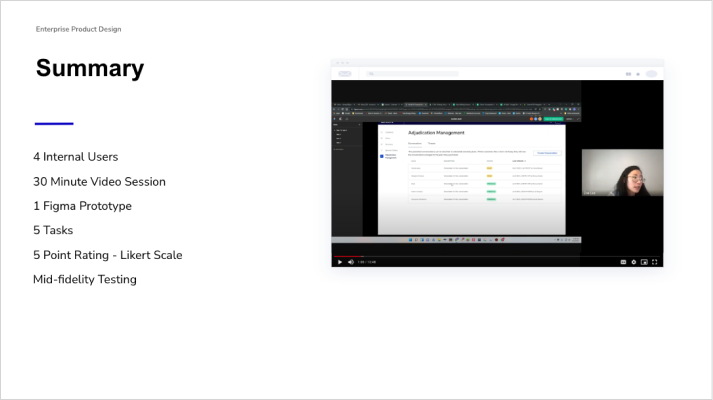
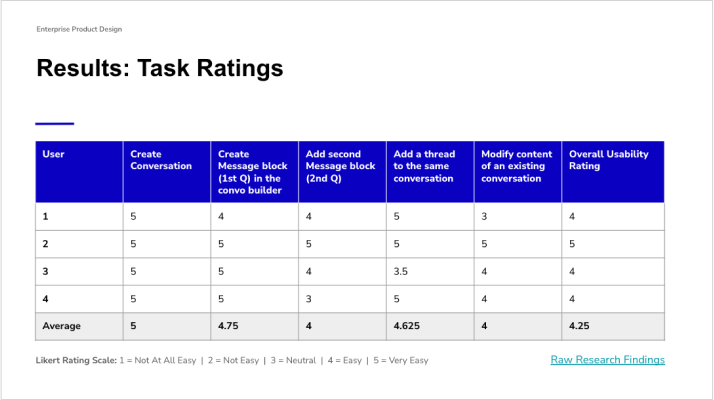
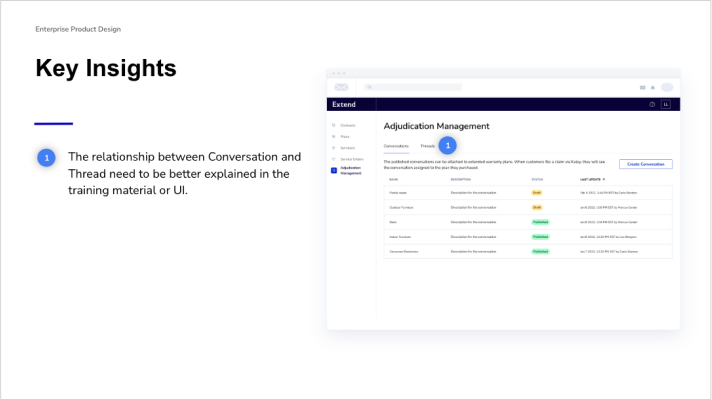
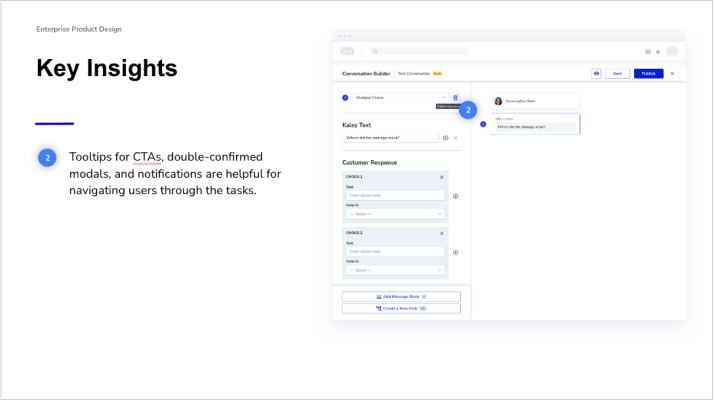
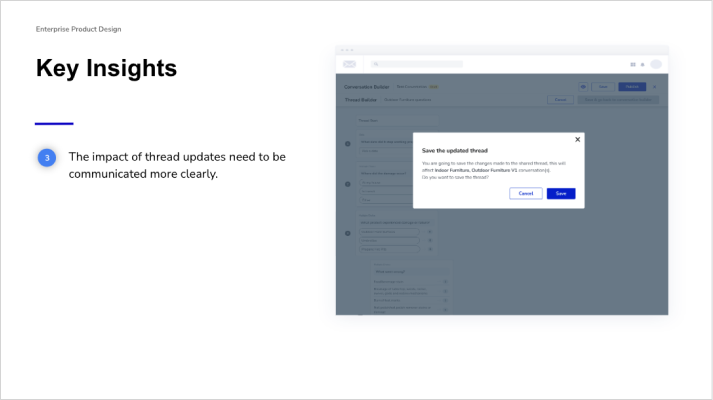
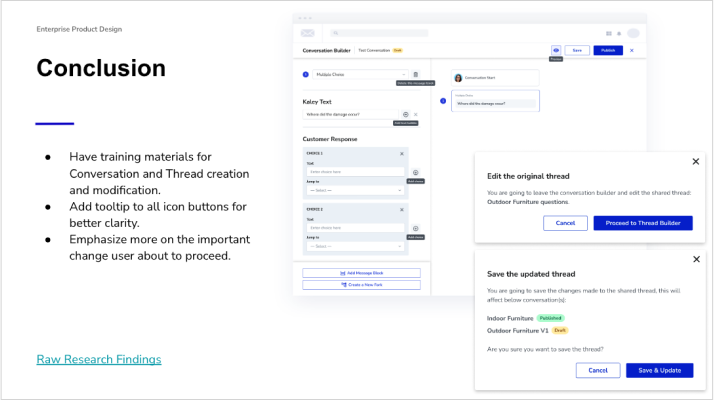
Final Design
Reusable Threads
A conversation captures the entire claim intake experience for a specific product vertical or merchant. Threads consist of reusable content that can be used for creating new conversations. Any updates made to a thread will automatically be reflected in the conversations that utilize it.
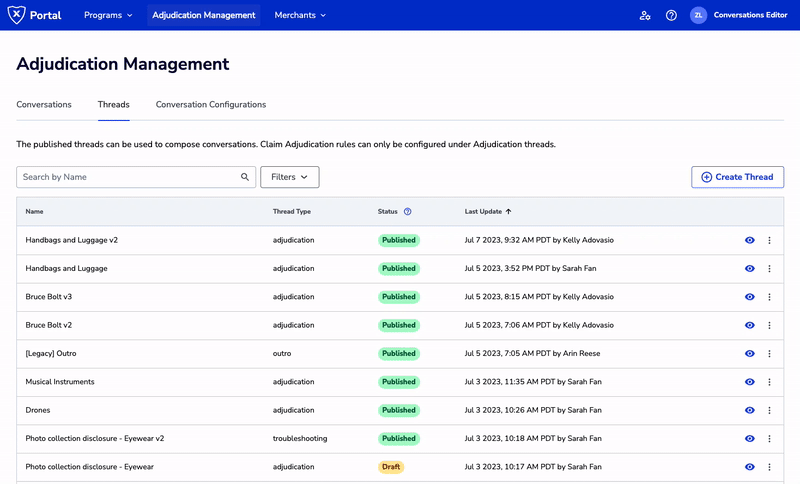
Draft Status and Preview view
Enable multiple teams/members to review content updates prior to publishing.
Users who do not have editing permissions can easily preview content.
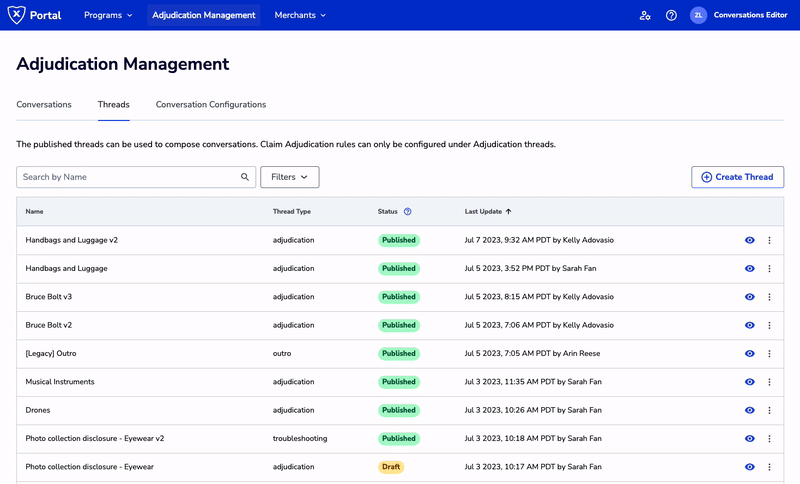
Content Navigation
Users have the ability to navigate decision trees and conversation flows by simply clicking on badges. This allows users to efficiently explore and interact with the content.
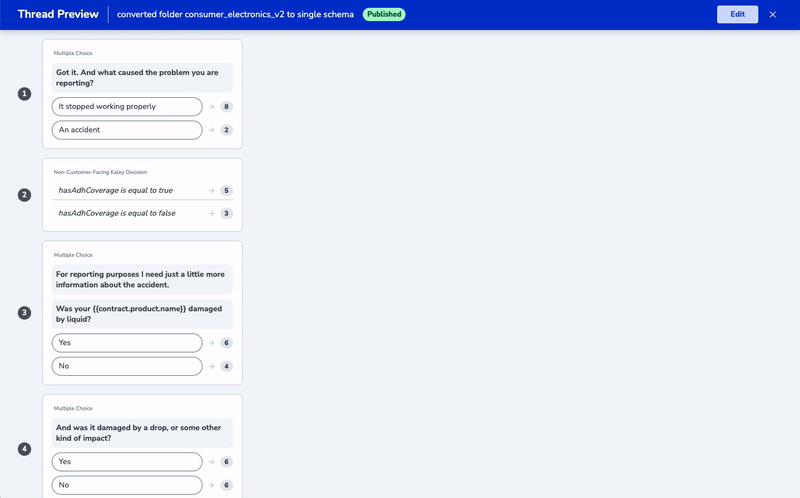
Scalable Builder
Adding new types of Message Blocks enables content builder to handle a wide range of content types and logic flows.
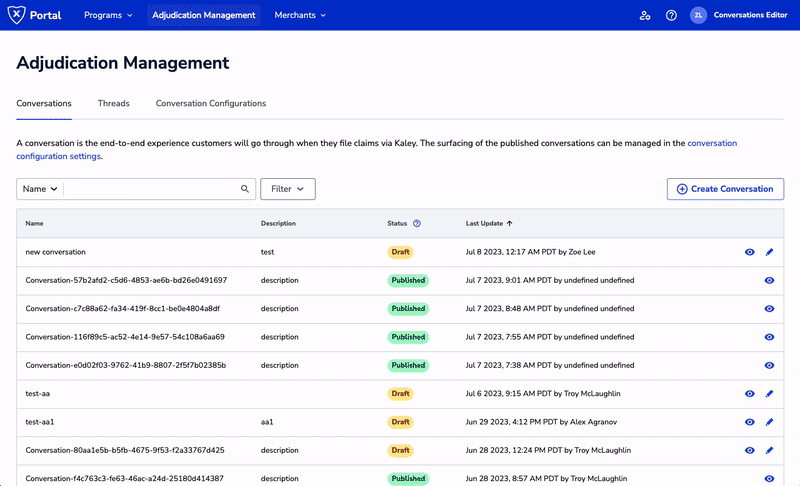
Automating claim adjudication process
The claim adjudication service use customer contract and response data to automatically process incoming claims, reducing the number of claims that require manual review.
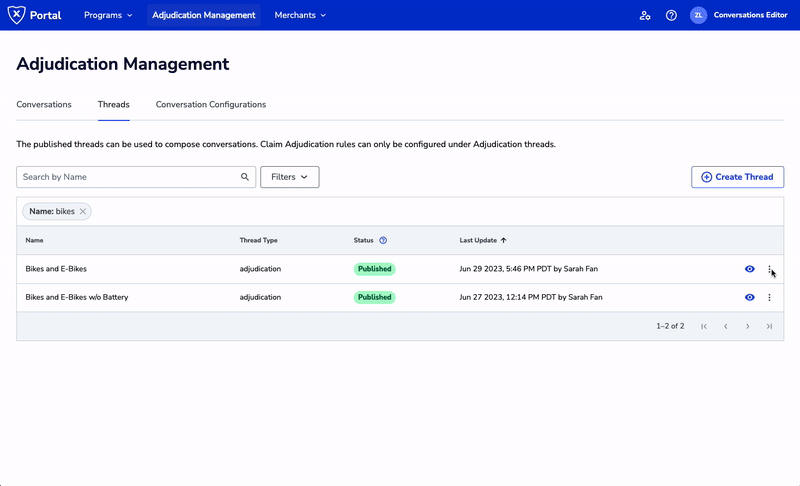
Result
Rapid Customization of Claims Workflow
Customized the claim intake workflow in under 24 hours to support product-specific and merchant-specific use cases and needs.
The streamlined workflow reduced system maintenance burden while improving automation, allowing teams to process claims more efficiently without sacrificing accuracy.